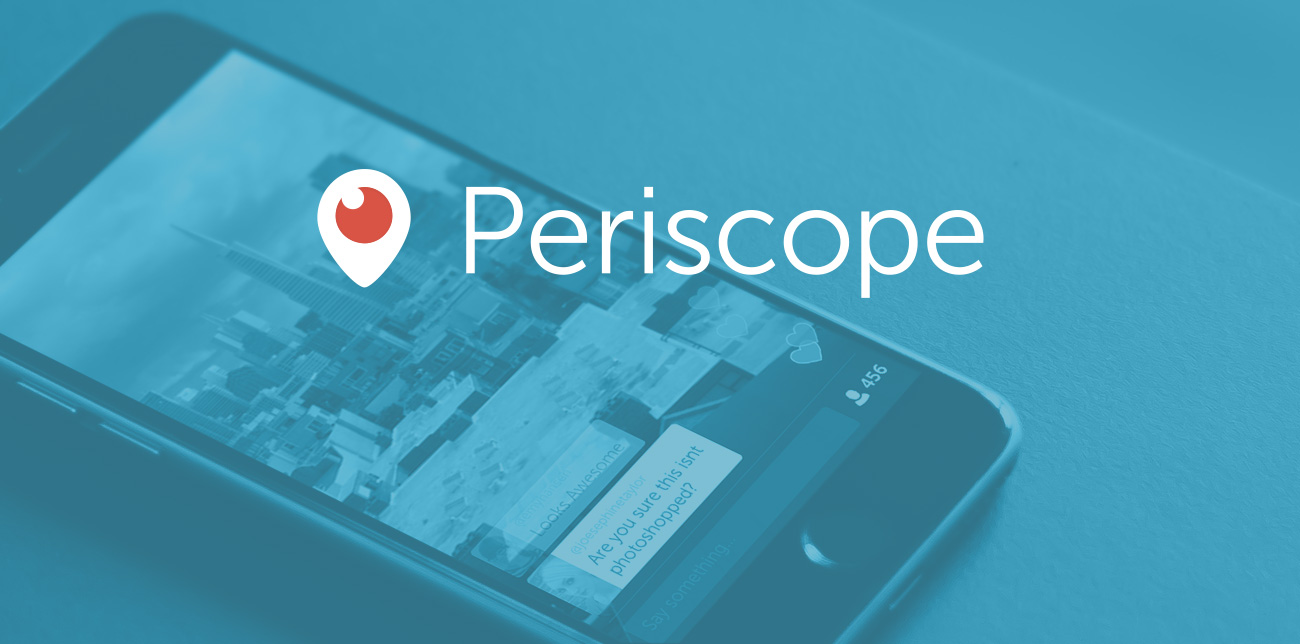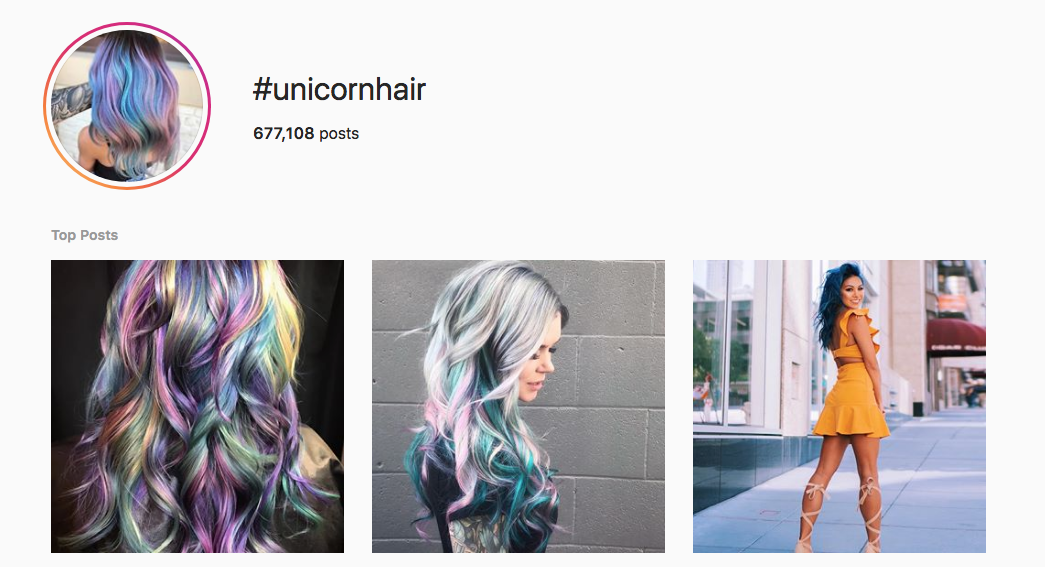Choosing the right channel for social media
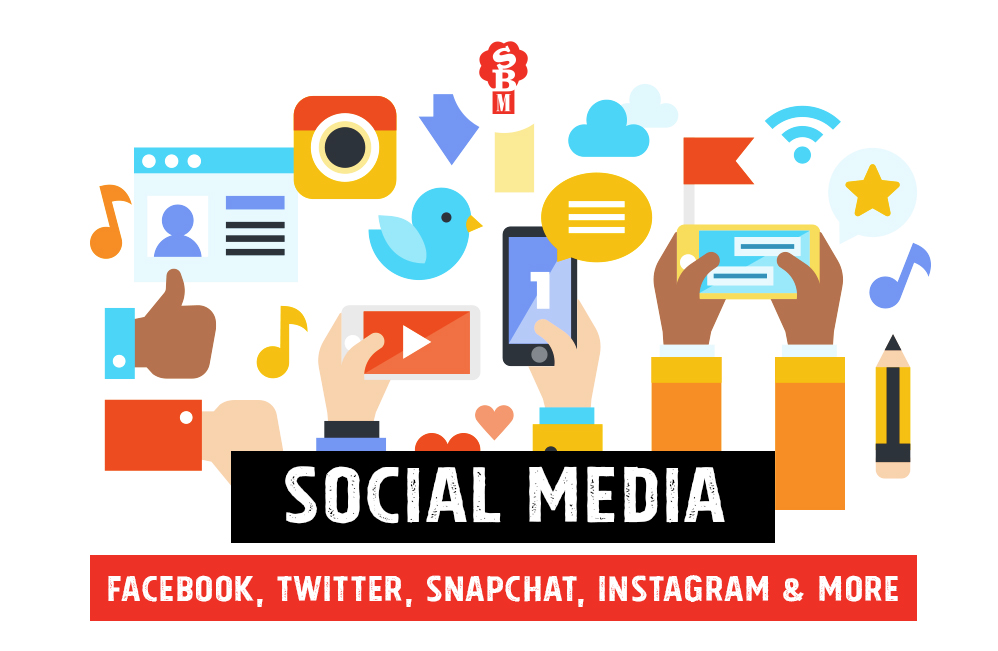
The list is constantly evolving, social media platforms come in and out of popularity and have different audiences. Understanding these complexities is how you will navigate social media the most effectively to get the best value out of your marketing spend.
The four main social media platforms of right now:
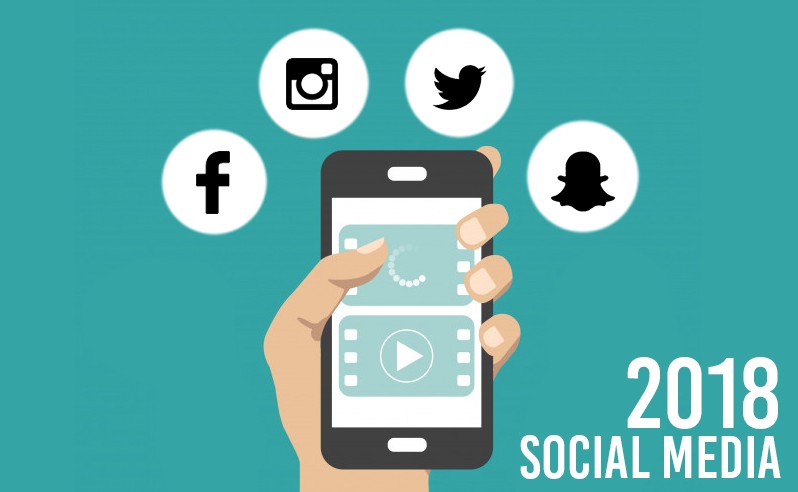
Facebook is easily the most active social media network, particularly when you consider it owns WhatsApp and Instagram. This unique channel appeals to a range of generations, who seem to be drawn to the idea of connecting with their family, keeping tabs on friends and making sure that they have access to their favorite brands too.
On Facebook, one of the fastest growing markets is seniors. Over recent years, the channel has become increasingly appealing to baby boomers, with around 41% of individuals between 65-74 years-old logging on with a Facebook account.
If anything, this is a testament to Facebook’s ease-of-use and accessibility. However, these statistics also indicate Facebook may no longer be the “trendy” platform of the day. Despite a drop in online youth, of course, stats still show that Facebook is leading the pack for overall audience penetration.
Aside from incredible targeting features, Facebook marketers can also tap into:
- Pages to watch: This feature allows companies to keep track of competitor pages, which help you create a more compelling advertising strategy.
- Apps analytics: This feature helps brands understand how people are using their Facebook app.
- Facebook Messenger for Business: A more recent feature of Facebook advertising, this chat solution allows customers to ask questions, or send queries to companies for a quick response.
- Detailed analytics: Under your “posts” tab, you can tap into the detailed analytics of your posts, audience, engagement levels and so on. This makes it easier to assess the success rate of each campaign.
However, one of the most utilised aspects of Facebook for marketers is the customisable features of Facebook ads and the use of Facebook Pixel. What is Facebook Pixel? It is a pixel code that is placed on the header of your website. When someone visits your website and takes an action (like making a purchase, or viewing a product), the Facebook pixel is triggered and reports the action. By using this data, you can reach the right people. You can target ads to users who recently visited your website or create Lookalike audiences to target new users. This helps optimise your ad spending and Facebook has awesome analytical data that helps you understand how successful your ad is! With digital marketing evolving and more businesses leveraging off this platform, it’s time for your business to start pulling up its Facebook game.
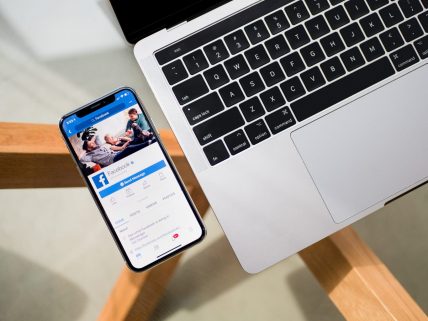
Twitter demographics show 23% of its users are between 30-49 years old, while 36% are between the ages of 18 and 29.
This fast-paced channel appeals more to younger customers. Despite its relatively small monthly user base, Twitter has another advantage for audience access. This platform isn’t just popular with the average consumer. Journalists, politicians and celebrities all frequently use it too. This means that Twitter is often the place to find trending news.
While Twitter might not be quite as focused when it comes to Facebook marketing campaigns, it’s still a useful way to generate business leads. Some of the features available include, “Go Live” buttons for Periscope: Like Facebook Live, you can simply click on the “Go Live” button when composing your tweets to broadcast your thoughts directly to Twitter users.
There are over 25 million business profiles connected at the moment. Converting your account to an Instagram business profile is a smart move, especially if your business has a physical location. Such profiles have access to both in-depth analytics and additional contact and location information for people to get in touch with you.
Hashtags essentially act as a search function for Instagram to find relevant followers and brands. This rings true for users and businesses alike.
For example, the #beauty tag has literally hundreds of millions of posts behind it. Rather than tackle crowded hashtags, consider how smaller, niche hashtags such as #unicornhair, #bluehairdontcare or #coloredhairgoals exist in which a beauty brand could realistically stand out.
If your fans and customers are already on Instagram, using them as your billboards is a brilliant move given the popularity of user-generated content. Incentivising followers to tag you in their photos does double duty of showing off your products and signaling yourself as a brand that listens to its customers.
PSA: If you currently hold a Instagram business profile and sell physical goods, you need to start implementing Instagram’s new shopping feature. This gives your customers a new way to shop and turns your business into a visual shopfront with a single tap. This creates a seamless shopping experience as by integrating your Instagram to a Facebook catalogue, you can tag items in a post that will directly link customers to purchase the item. Shopping posts give people quick access to pricing and product details and many marketers are leveraging this awesome feature! Instagram was limited in its inability to include links to their captions, but now that they have this Shopping feature on their images, it creates a clean and easy approach for direct conversions.
If you’re unsure about how to set this feature up: view the Instagram help page here.
SNAPCHAT
With 187 million active daily users and an average use time of 30 minutes per user, you can bet that Snapchat is a good platform for your business to be active. Millennials, in particular, the younger ones, love Snapchat. A recent survey found that 78% of high school students use the app daily.
Snapchat offers a variety of business services including Ads, Geofilters, Lenses, and more.
With the use of Geo-positioning tech and beacons, Snapchat shows your ad or specific lens to an audience at a location that you’ve selected. If you’re a Snapchatter–then you know that cities, beaches, and a lot of tourist destinations have their own Snapchat Geofilters.
Many companies have used Geofilters successfully. For example, Netflix launched a Geofilter ad to promote the release of the new Gilmore Girls show. They printed a bunch of coffee cups with “Lukes” logo (a shop in the show) and added Geofilters for the shops where the cups would be distributed.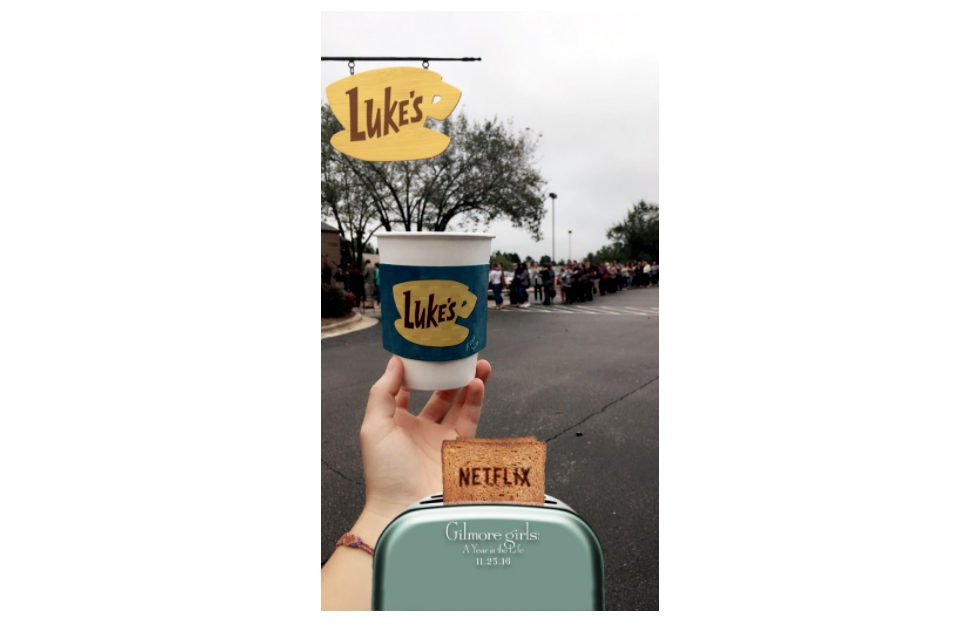
There is no social network more catered to business professionals than LinkedIn. LinkedIn is all about building networks and connections. It’s not only about who you know, but about who your connection’s know.That’s the real power of LinkedIn for business: the ability to tap into existing connections and grow your brand organically through word of mouth. It’s also the top-rated social media network for lead generation.
Every month, approximately 106 million users log on and engage with content they find on the site. This doesn’t even account for the 414 million total users of LinkedIn. Age may only be a number, but it’s one that can have an important impact on your targeting efforts. If you’re looking to target the highly desired under 30-age bracket, LinkedIn isn’t a bad place to start as almost a quarter of LinkedIn users are aged 18 to 29. Whether you’re looking to recruit potential employees or promote a product, the under-30 crowd is one you’ll find on LinkedIn.
To help you navigate LinkedIn as a marketing platform, here are 4 LinkedIn marketing hacks you can use to find new customers, create new contacts and ultimately grow your business.
- Find highly targeted customers and connections: Small businesses can zero in on the exact industry, company size and job role of the people so that they know typically who would buy their product or service.
- Stay on customers’ radars: Businesses can stay in contact with people who have expressed interest using LinkedIn. They can post daily status updates and weekly LinkedIn blog posts to keep the client’s name in front of their network.
- Start with connections, then build relationships: Understand that LinkedIn is a social network for professionals to connect with other professionals. A business owner can, and should connect with prospects, strategic partners, referral partners and other business owners.
- … and go viral: If a post begins to gain some momentum, LinkedIn will put a spotlight behind it in one of their categories, and it will get tens of thousands of readers (or more). This is a great way to improve your visibility while reaching readers in a way that would not have been possible on your own website/blog or even posting an article link on LinkedIn.

Are you considering a digital marketing?
Or perhaps keen to rebrand?
